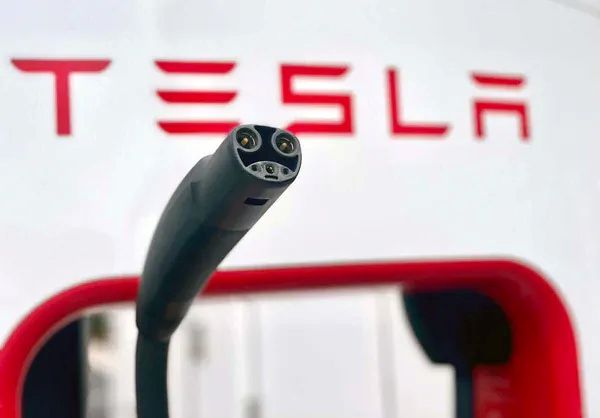
Understanding NACS: The Emerging Standard for Home EV Charging
As a professional EV charger manufacturer in China, Topper Company provides dependable electric vehicle charging station equipment and comprehensive charging solutions.
As electric vehicles (EVs) gain popularity, the demand for efficient and convenient home charging solutions has grown rapidly. The North American Charging Standard (NACS), developed by Tesla, is quickly emerging as a popular choice, promising a streamlined and versatile charging experience. This article explores what NACS is, its advantages, and practical tips to help you find the best NACS home charger for your EV.
The North American Charging Standard (NACS) is a charging connector interface designed by Tesla Inc. Unlike the more widely used Combined Charging System (CCS), NACS features a significantly smaller connector that uses the same pins for both AC and DC charging. This unique design simplifies wiring and improves charging efficiency.
Introduced in 2012 as a proprietary Tesla connector, NACS has become the standard on all Tesla vehicles, powering efficient charging on Tesla’s extensive Supercharger network. While most other EV manufacturers in North America use CCS1 for DC fast charging, Tesla’s compact NACS connector stands out for its elegant integration of AC and DC power flow, managed seamlessly by onboard control electronics.
Tesla vehicles come natively compatible with NACS Superchargers, while non-Tesla EVs can use NACS via an adapter. Unlike Tesla’s older proprietary connectors, which used CAN bus communication, NACS adopts the ISO 15118 protocol — the same communication standard used by CCS. This allows CCS-equipped vehicles to access Tesla’s Supercharger network with the proper adapter.
Tesla’s Supercharger V3 network currently delivers up to 250 kW of DC fast charging, but NACS is designed to support even greater future power demands:
AC Charging: Up to 80 amps at 277 volts, suitable for home and workplace charging.
DC Fast Charging: Up to 500 amps at 500 volts, preparing for next-gen high-power EVs.
The integration of CCS-compatible communication and higher power thresholds makes NACS a flexible and scalable standard for growing EV needs.
Currently, Tesla’s Supercharger network is the only one natively supporting NACS for both AC and DC fast charging. However, drivers with J1772-compatible EVs can use Tesla Wall Connectors, Mobile Connectors, and Destination Chargers with a Tesla-to-J1772 adapter, expanding access to Tesla’s charging infrastructure for many non-Tesla EV owners.
While Level 1 charging (120 volts) is possible via a standard outlet, it is very slow—adding only about 3 miles of range per hour. A 240-volt Level 2 home charger (EVSE) is far more practical, offering up to 25 miles of range per hour depending on the charger and vehicle.
Home charging is typically more affordable than public stations, and the convenience of waking up to a fully charged vehicle cannot be overstated. A reliable home charger significantly improves the EV ownership experience.
When selecting a NACS home charger, consider:
Amperage: Higher amperage means faster charging. 40- or 50-amp chargers are common; some homes support up to 80 amps.
Cable Length: A 25-foot cable offers flexibility for different parking layouts and future vehicle port locations.
Cable Management: Wall hooks or holsters reduce clutter and wear.
Size and Design: Slim chargers save space in tight garages.
Smart Features: Apps with scheduling, energy monitoring, and remote control can optimize charging costs.
Professional installation ensures safety and code compliance:
Confirm your electrical panel can support a dedicated 240-volt circuit, ideally with a 40-amp or higher breaker.
Hire a licensed electrician for wiring, grounding, and mounting.
Obtain necessary permits and inspections.
Position the charger near your parking spot and ensure good Wi-Fi coverage for smart features.
Consider weatherproofing if installed outdoors.
Tesla Wall Connector: Ideal for Tesla owners, delivers up to 44 miles of range per hour with Wi-Fi connectivity.
ClipperCreek HCS-40P: Rugged, durable Level 2 charger with safety certifications.
JuiceBox 40: Versatile with smart app control and energy monitoring.
Choosing the right NACS home charger enhances your EV ownership by delivering fast, convenient, and cost-effective charging at home. Consider amperage, cable length, smart capabilities, and professional installation for the best experience. With NACS gaining traction, it’s a future-proof choice to power your EV while helping reduce your carbon footprint.Know more about Google SEO Directory
© 2024 Crivva - Business Promotion. All rights reserved.